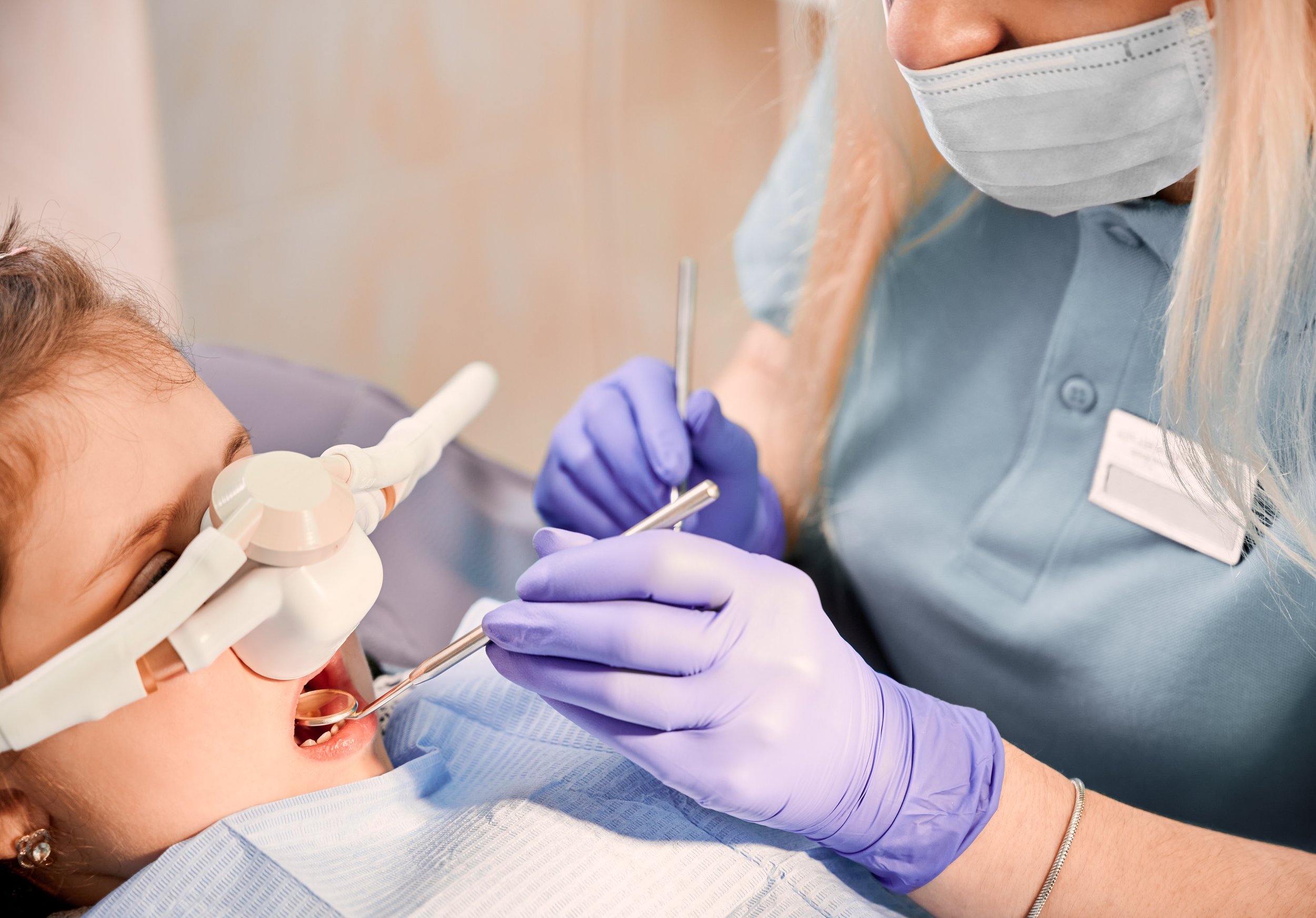Understanding Conscious Sedation in Pediatric Dentistry
As a dentist providing pediatric dental services, one of my primary goals is to ensure that children have positive and stress-free dental experiences. Dental visits can be a source of anxiety for many children, and managing this anxiety is crucial for their overall dental health and well-being. One of the most effective tools we use to help children feel comfortable during dental treatments is conscious sedation.
What is Conscious Sedation?
Conscious sedation involves the use of medication to help a child relax during dental procedures while remaining awake and responsive. Unlike general anesthesia, which renders a patient completely unconscious, conscious sedation allows the child to stay aware of their surroundings and maintain the ability to respond to verbal cues. This approach strikes a balance between alleviating anxiety and ensuring safety.
How is Conscious Sedation Administered?
There are several methods of administering conscious sedation, each tailored to the needs of the child and the specific dental procedure:
Oral Sedation: Medication is given in the form of a liquid or pill. This is a popular choice for children due to its ease of administration.
Inhalation Sedation (Nitrous Oxide): Commonly known as "laughing gas," nitrous oxide is mixed with oxygen and inhaled through a small mask placed over the child's nose. It has a quick onset and is easily adjustable throughout the procedure.
Intravenous (IV) Sedation: This method involves administering the sedative directly into the bloodstream through a vein. IV sedation is typically reserved for more complex or lengthy procedures.
Why is Conscious Sedation Helpful in Pediatric Dentistry?
Reduces Anxiety: Dental anxiety is common among children, and it can lead to a reluctance to attend dental appointments. Conscious sedation helps to calm anxious children, making their dental visit a more pleasant experience.
Facilitates Cooperation: Children who are relaxed are more likely to cooperate during dental procedures. This cooperation allows the dentist to perform treatments more effectively and efficiently.
Minimizes Discomfort: Sedation helps manage pain and discomfort during procedures. While local anesthesia numbs the specific area being treated, sedation provides an overall sense of calm and comfort.
Improves Safety: By reducing movement and anxiety, sedation minimizes the risk of accidental injury during dental procedures. It also allows for more precise and controlled treatment.
Supports Comprehensive Care: Some children require extensive dental work that cannot be completed in a single visit. Conscious sedation enables dentists to perform multiple procedures in one appointment, reducing the need for repeated visits.
When is Conscious Sedation Used?
Conscious sedation is used in a variety of dental treatments for children, including:
Fillings and Crowns: For children with severe tooth decay or cavities that require extensive work.
Extractions: When a tooth needs to be removed, sedation helps manage the child's anxiety and pain.
Root Canals: Sedation is particularly helpful for more complex procedures like root canals, which can be intimidating for young patients.
Routine Cleanings: For children with extreme dental anxiety, sedation may even be used during routine cleanings and exams to ensure a positive experience.
Ensuring Safety with Conscious Sedation
Safety is paramount when using conscious sedation. As a pediatric dentist, I follow strict guidelines to ensure that sedation is administered safely and effectively. This includes:
Thorough Evaluation: Assessing the child's medical history, current health status, and any potential allergies or contraindications.
Appropriate Dosing: Using the correct dosage of sedative based on the child's weight, age, and specific needs.
Monitoring: Continuously monitoring the child's vital signs, such as heart rate, blood pressure, and oxygen levels, throughout the procedure.
Emergency Preparedness: Being prepared to handle any potential adverse reactions or emergencies that may arise.
Conclusion
Conscious sedation is a valuable tool in pediatric dentistry, offering numerous benefits for both the child and the dental team. By reducing anxiety, minimizing discomfort, and facilitating cooperation, sedation helps create a positive and stress-free dental experience for young patients. As a pediatric dentist, my priority is to ensure that every child receives the highest quality care in a safe and comfortable environment, and conscious sedation plays a crucial role in achieving this goal.
Kids Dental Spot is a dental office focused providing services to pediatric patients in Anaheim, California serving kids, children, infants and adolescents in the heart of Orange County serving nearby neighborhoods, such as: Fullerton, Brea, Garden Grove, Santa Ana, Buena Park, Placentia, and Orange.
Written and Medically Reviewed by Dr. Atiya Bahmanyar, DDS (Board Certified - Doctorate of Dental Surgery)


